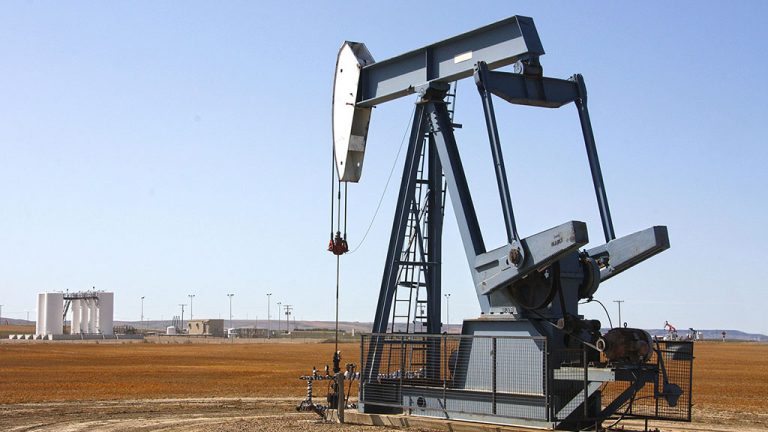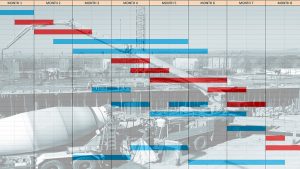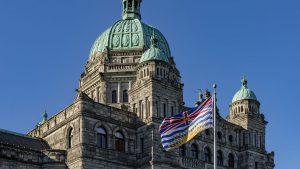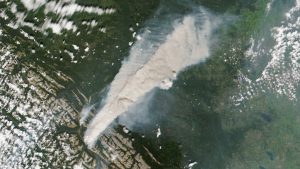The economic impact of the Fort McMurray wildfires on Alberta will be slightly negative for 2016, but counteracting factors such as the rebuilding effort will boost construction activity in the short term, says a new study by the Conference Board of Canada.
"The true cost of this tragedy is the effect on people’s lives and livelihoods, the loss of homes and personal items," said Pedro Antunes, deputy chief economist with the Conference Board of Canada.
"The lost assets will be rebuilt — generating additional economic activity. However, this does not suggest in any way that Albertans or Canadians are better off. In fact, the funds put towards replacing lost capital will leave the provincial and federal governments with more debt, and the insurance industry with the challenge of absorbing what will most likely prove to be the costliest natural disaster in Canadian history."
Antunes made this comment in a monthly newsletter entitled the Economic Repercussions of Fort Mac Fires — More Complex Than at First Glance, which was released by the board on May 17. He co-authored the study with Marie-Christine Bernard, associate director provincial forecast with the board.
The role of Fort McMurray in Alberta’s economy is to supply workers, equipment and machinery to the oilsands industry, says the newsletter. The Fort McMurray wildfires began on May 1 and economic activity came to a halt on May 3, with the mandatory evacuation of about 88,000 people.
According to estimates by Antunes and Bernard, the Fort McMurray wildfires will result in about $985 million in lost real Gross Domestic Product (GDP) in Alberta. This represents about 0.33 per cent of Alberta’s projected GDP in 2016.
Overall, the authors estimate the fires will take about one per cent out of real GDP growth in Alberta in the second quarter of 2016. They also predict the Alberta economy will return to growth of about one per cent real GDP in the third quarter, because oilsands production had already started to recover.
These estimates are based on the assumption that lost oil production will average about 1.2 million barrels per day for 14 days.
When Antunes and Bernard made these estimates, some oilsands producers had started ramping production back up. So they expected most oilsands producers to be up and running by the end of the month, as workers begin to return to these facilities.
However, the authors also recognized it was still too early to get an accurate assessment of how long production will be shut down.
Oilsands facilities and work camps north of Fort McMurray were ordered to evacuate on May 16, as the wildfire continued to expand and burn out of control. Nineteen work camps and about 8,000 people were affected by a new evacuation order north of Fort McMurray.
Given the evolving fire conditions, the rebuilding effort in the short term is expected to counteract the economic decline caused by the wildfires in 2016.
For example, Antunes and Bernard estimate that the rebuilding effort will add roughly $1.3 billion in real GDP to Alberta’s economy in 2017. This represents an addition of 0.4 per cent to overall growth.
Construction activity in Fort McMurray is expected to return to its peak year levels as residential and other infrastructure is rebuilt.
Initial estimates suggest that about 2,400 buildings were damaged or destroyed in Fort McMurray, including 1,600 private dwellings that were completely destroyed.
Various estimates of the extent of damage have emerged, but a solid number won’t be available until residents and insurance adjusters are allowed back in the city. As claims are settled, residents will repair, rebuild and restock their homes.
In peak years, the Regional Municipality of Wood Buffalo’s residential construction industry was building 600 to 800 homes a year.
Most of Fort McMurray’s public buildings were saved from the fire but the city will require additional sums to repair and rebuild roads and other infrastructure. Construction will likely remain elevated in 2018 and perhaps 2019 as rebuilding is completed. In addition, the insurance industry will have to absorb the financial cost of the natural disaster.










Recent Comments
comments for this post are closed